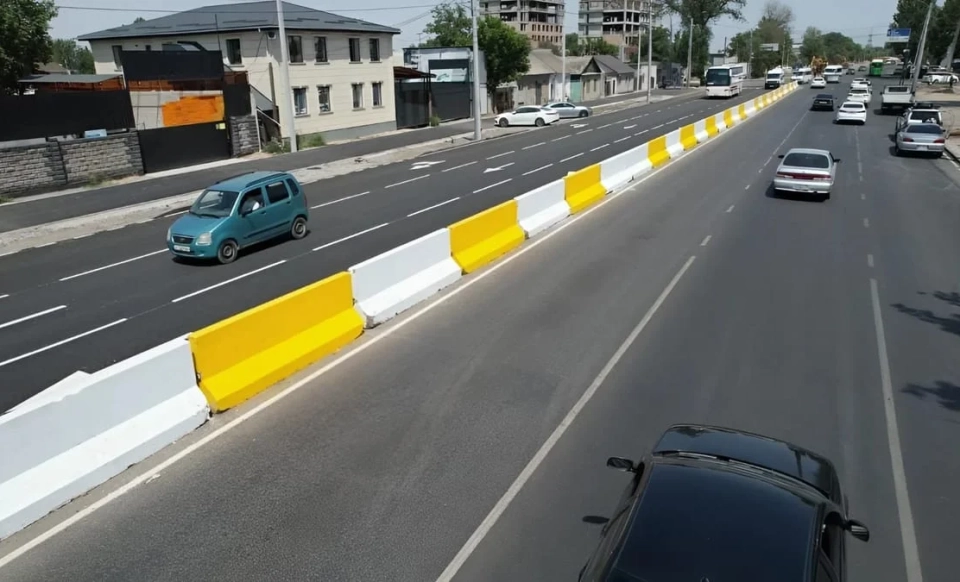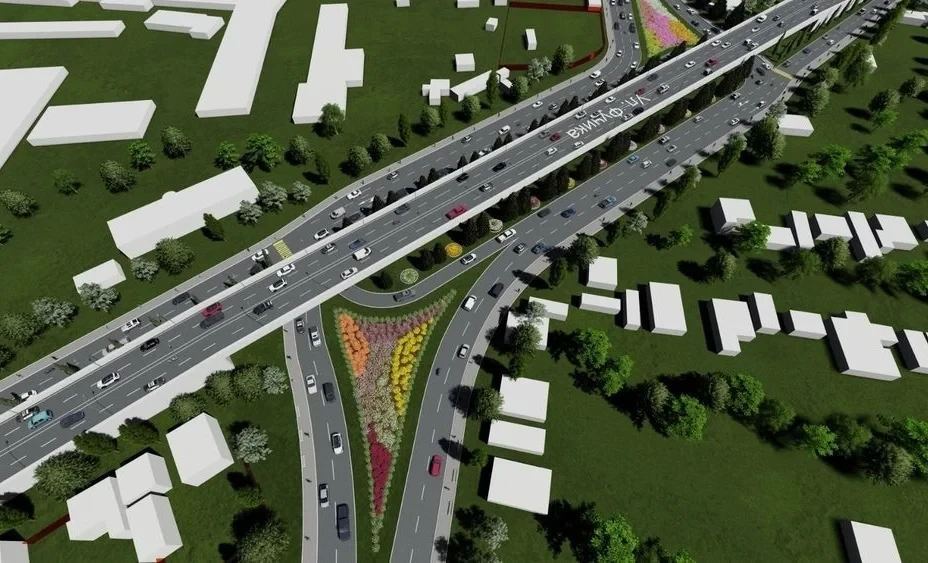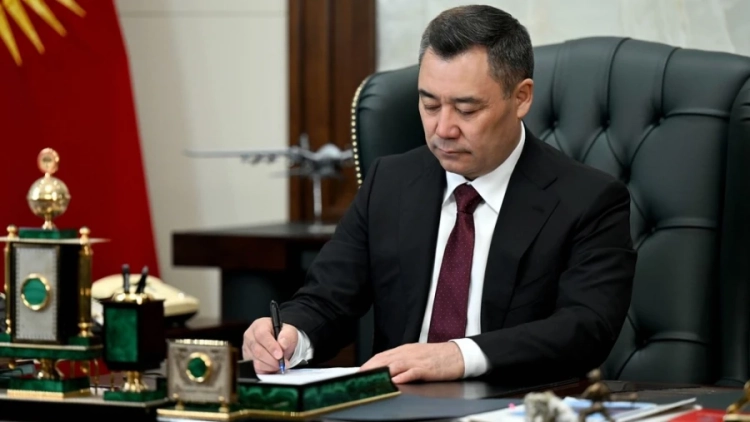In Bishkek, the city hall presented a draft law concerning amendments to certain legislative acts of the Kyrgyz Republic, particularly in the Code on Non-Tax Revenues and the Law on Automobile Roads.
According to the authors of the initiative, the main goal of this document is to provide local self-government bodies with additional powers that will help preserve and ensure the proper maintenance of municipal roads.
The draft law proposes the creation of a legal mechanism allowing city halls and rural councils to establish permissible parameters for the weight and dimensions of vehicles traveling on municipal roads. It is also planned to introduce restrictions and fees for weighing and measuring vehicles.
According to information from the city hall, one of the reasons for the rapid deterioration of road surfaces in cities is the excessive axle load from trucks.
Vehicles with a carrying capacity of 10 to 40 tons cause significant damage to road infrastructure that is not designed for such loads. Despite investments in the repair and maintenance of roads, many sections quickly become unusable.
The current legislation does not contain provisions allowing local authorities to regulate the entry of heavy vehicles into the central areas of cities and along municipal routes. This limits the municipalities' ability to control truck traffic and prevent damage.
The proposed amendments to the draft law include:
- adjusting the Code on Non-Tax Revenues and the Law on Automobile Roads by adding provisions that empower local self-government bodies to set limits on the weight, mass, and axle loads of vehicles;
- granting local authorities the ability to impose temporary restrictions on traffic on municipal roads and charge fees for weighing and measuring vehicles;
- clarifying the provisions of part 8 of article 21 of the Law on Automobile Roads, which will allow some roads located within populated areas to be transferred under the management of local self-government bodies.
After the draft law is adopted, city halls and rural councils will be able to develop and implement their own regulations defining weight and dimensional standards and restrictions for vehicle movement on municipal roads.







